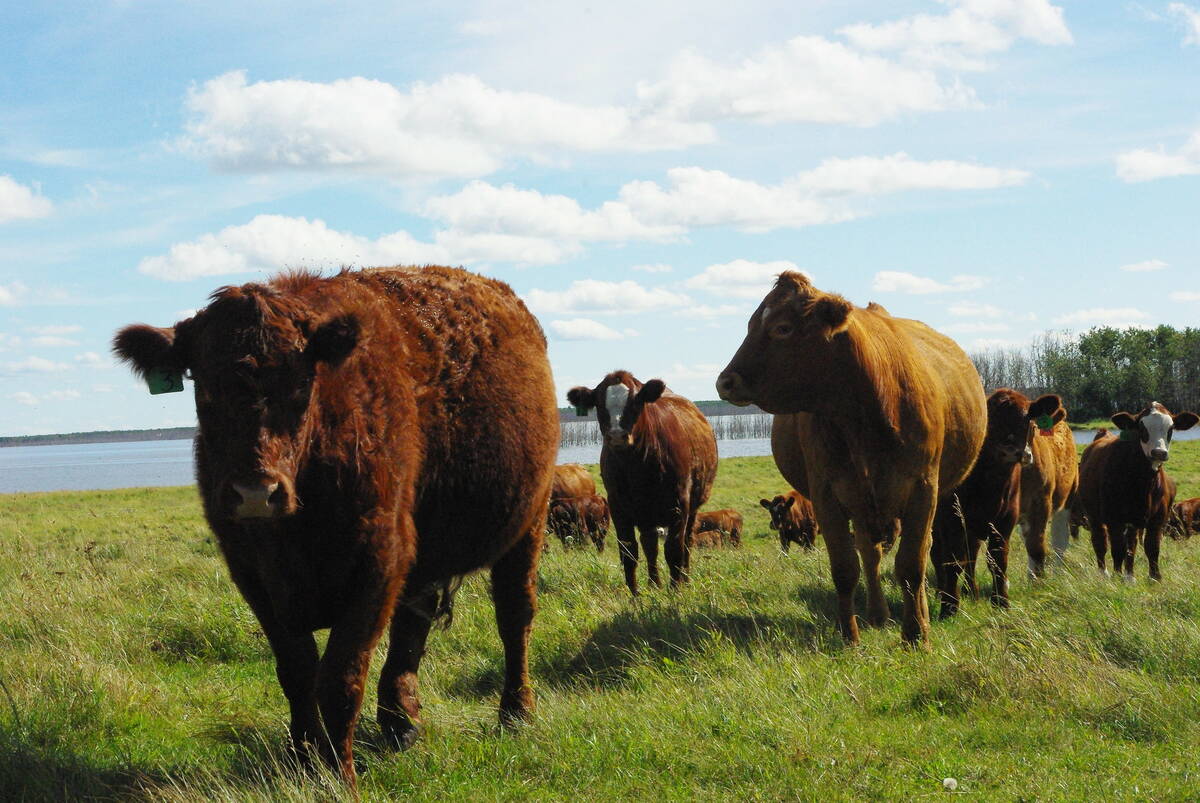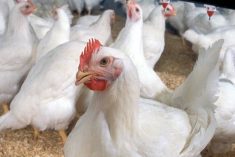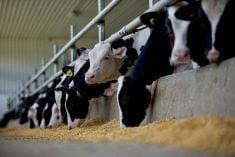Four percent of the Saskatchewan crop had been swathed or was ready to straight combine as of Aug. 19, according to the latest provincial crop report, while less than one percent had been combined.
Progress lags behind the five-year average of seven percent combined and nine percent swathed or ready to straight cut.
Provincially, five percent of peas and winter wheat crops and two percent of lentils have been combined. Five percent of canola has been swathed, with activity beginning in the southern regions of the province. Operations in northern Saskatchewan are likely to begin within the week.
Read Also

Trump urges U.S. cattle ranchers to lower prices as he touts tariffs
U.S. President Donald Trump is calling on cattle ranchers to lower prices
Topsoil moisture across the province is rated as three percent surplus, 74 percent adequate, 21 percent short and two percent very short.
South
Growers have started combining and swathing crops in southern Saskatchewan. Progress was furthest along in the southwest, where 26 percent of canola was swathed on Aug. 19.
Some southwestern areas could use rain, while most crops in the southeast are 10 days to two weeks behind normal development.
There are reports of damage from grasshoppers in the southwest.
Central
Warm temperatures have helped crops mature and allow producers to begin harvesting, although crop development is as much as two weeks behind normal.
Topsoil moisture is largely adequate, although some west-central areas are very dry.
High counts of bertha armyworms have required control in the east-central area.
North
With swathing poised to begin next week, harvest operations are 10 days to two weeks behind normal.
Topsoil moisture is largely adequate, although conditions were better in the northeast because some northwestern areas are dry.
Bertha armyworm activity is noted in the northeast, which has required some control, as have grasshoppers in the northwest.














